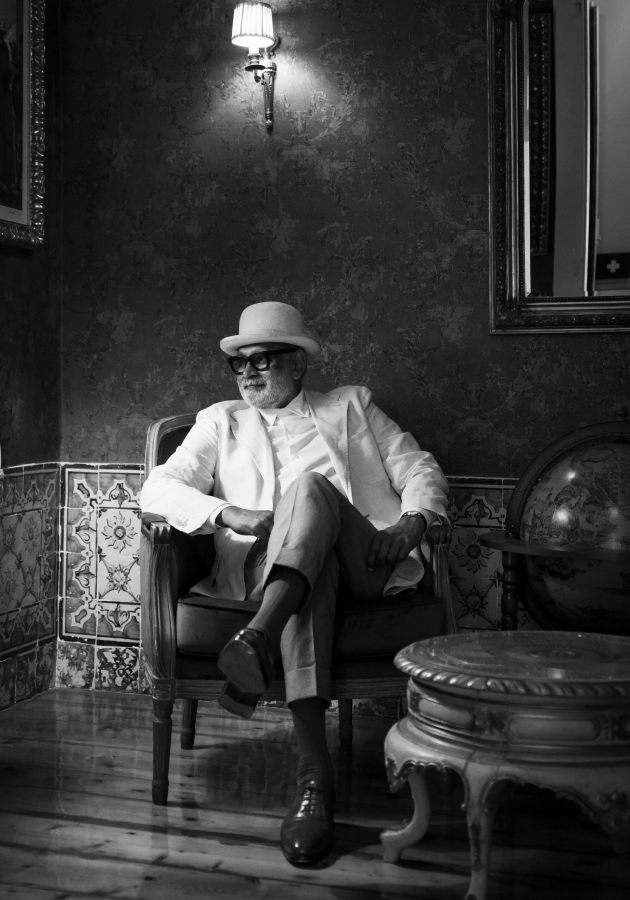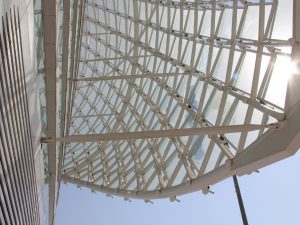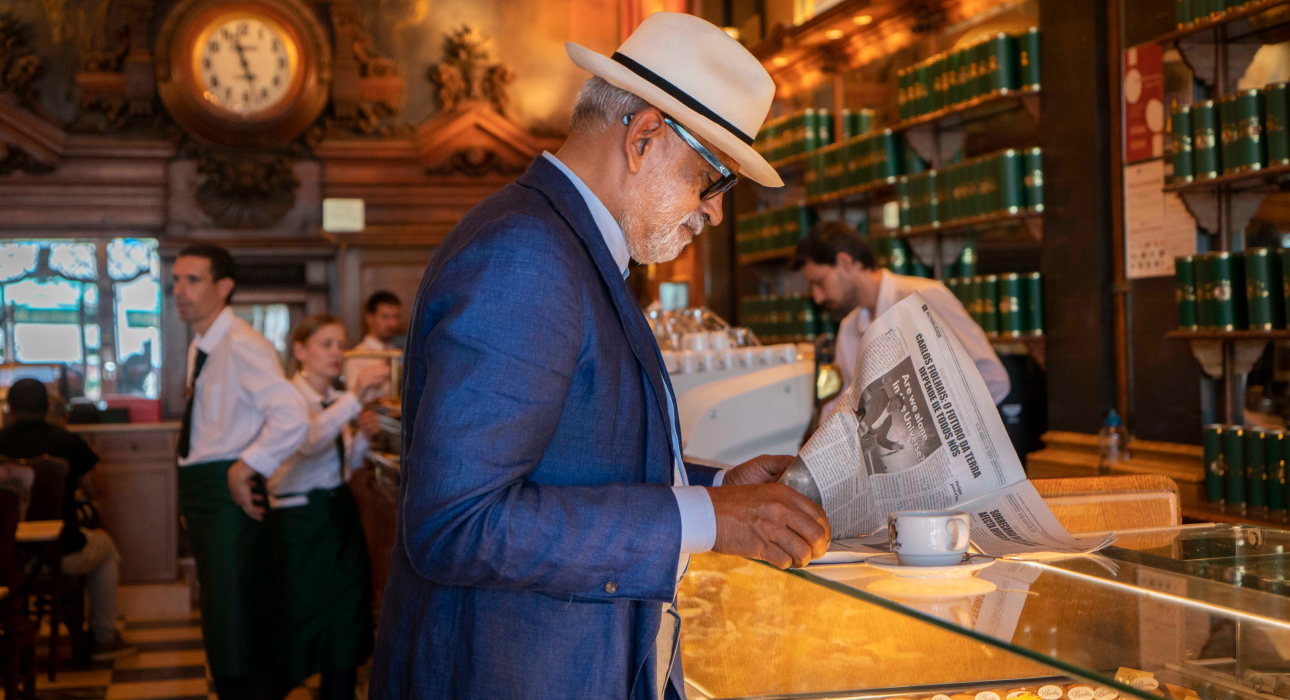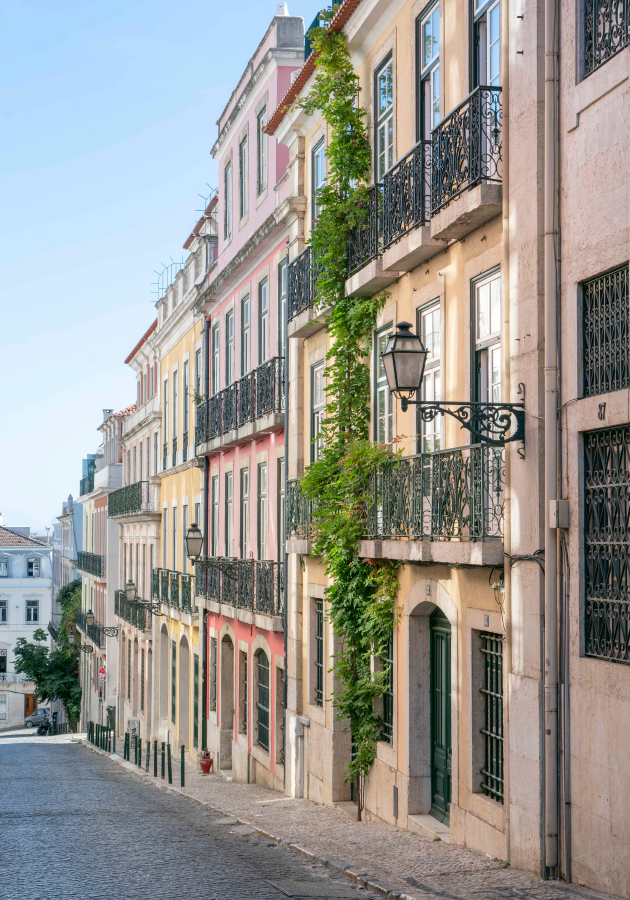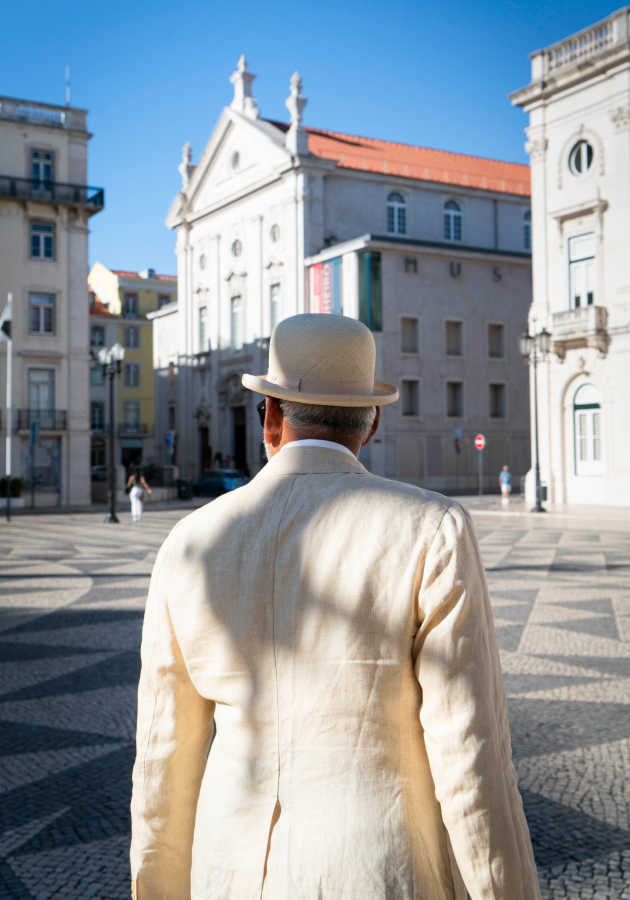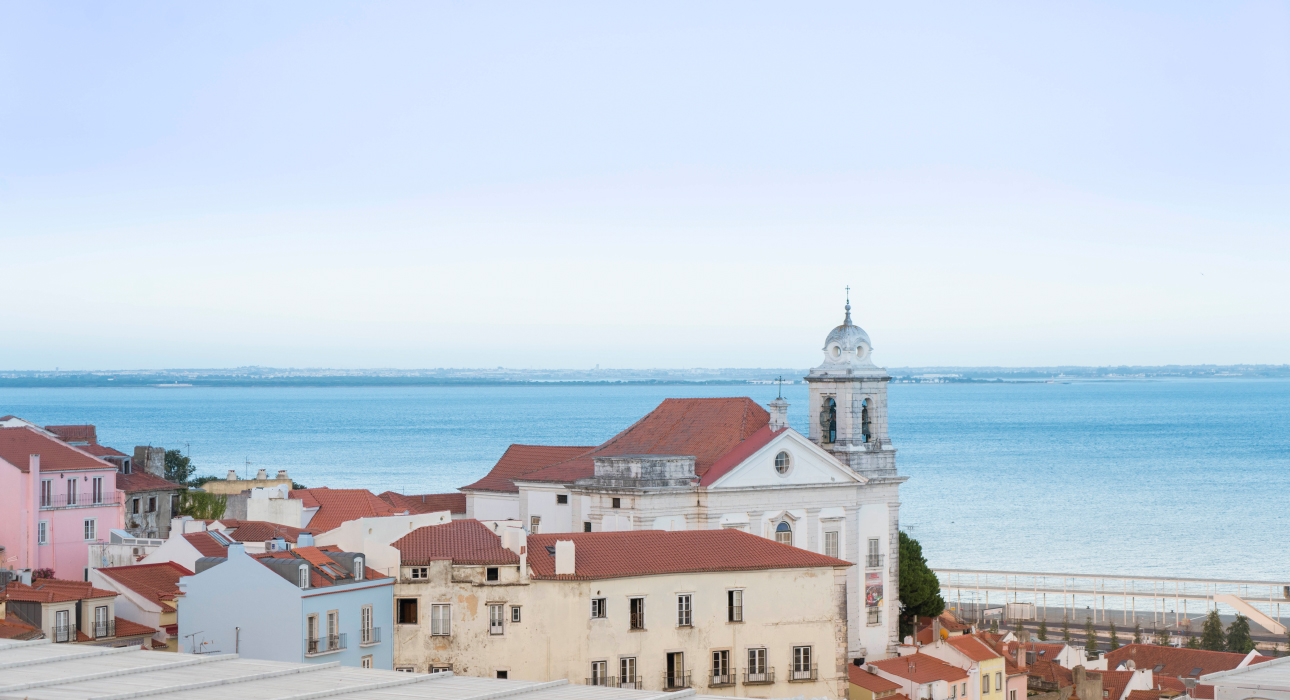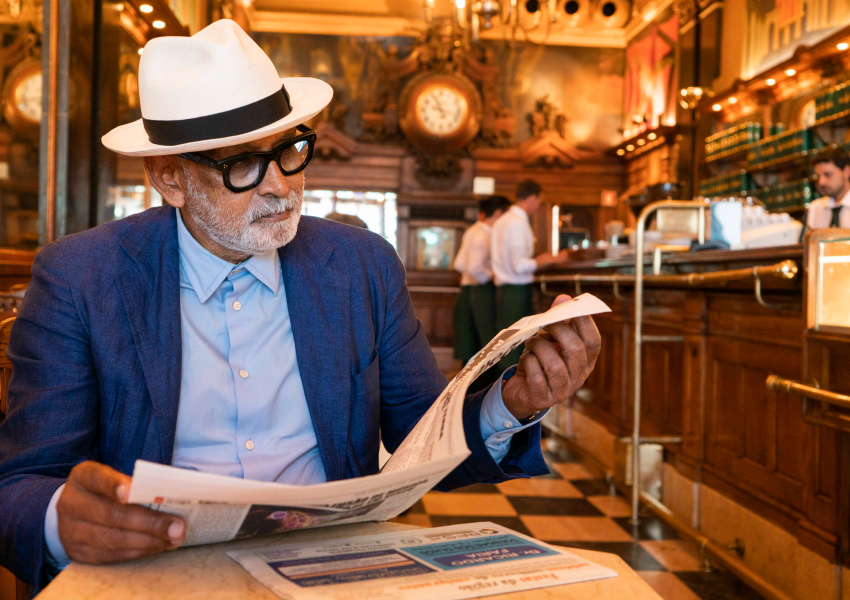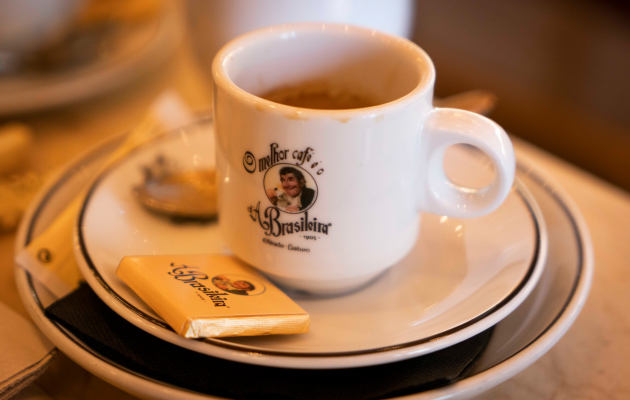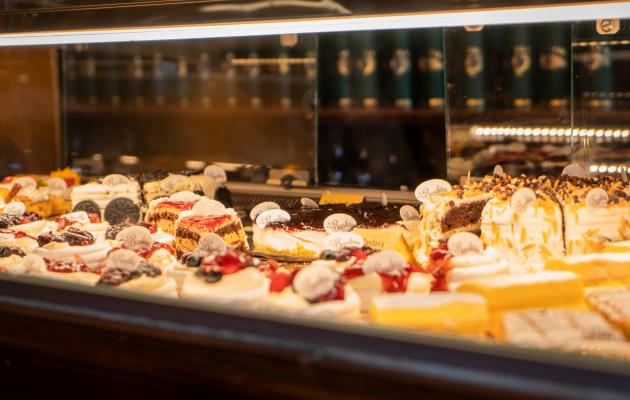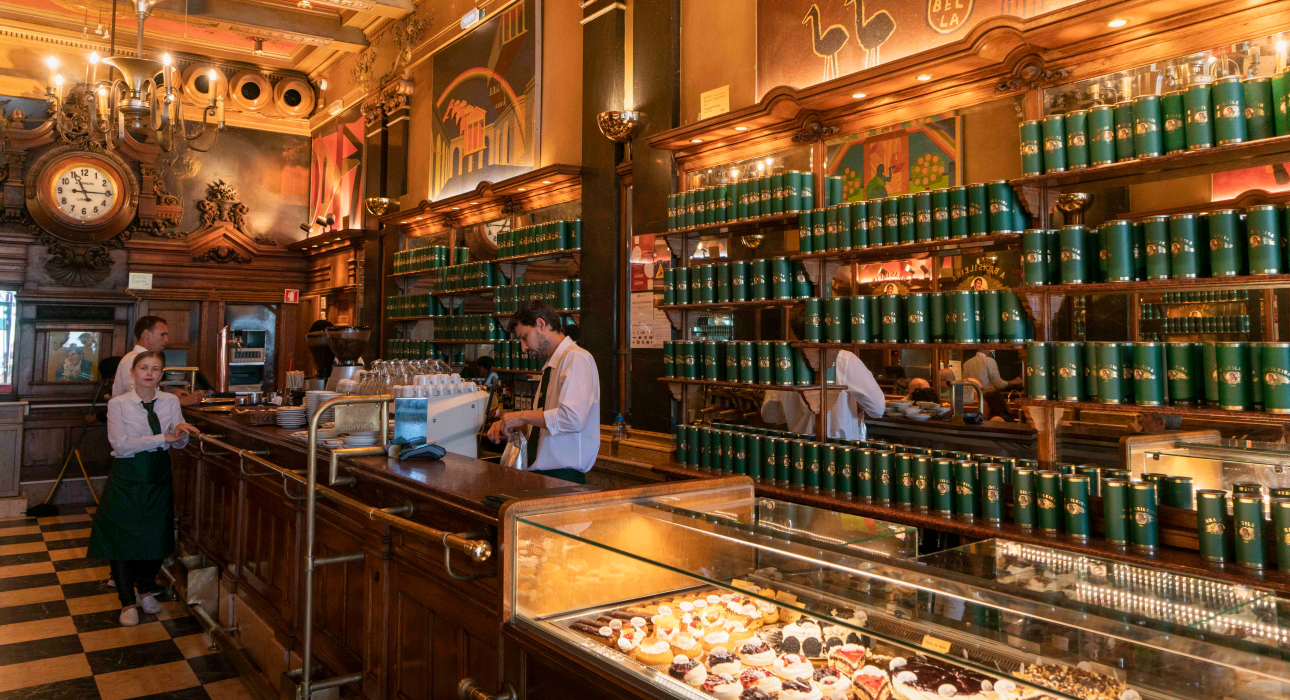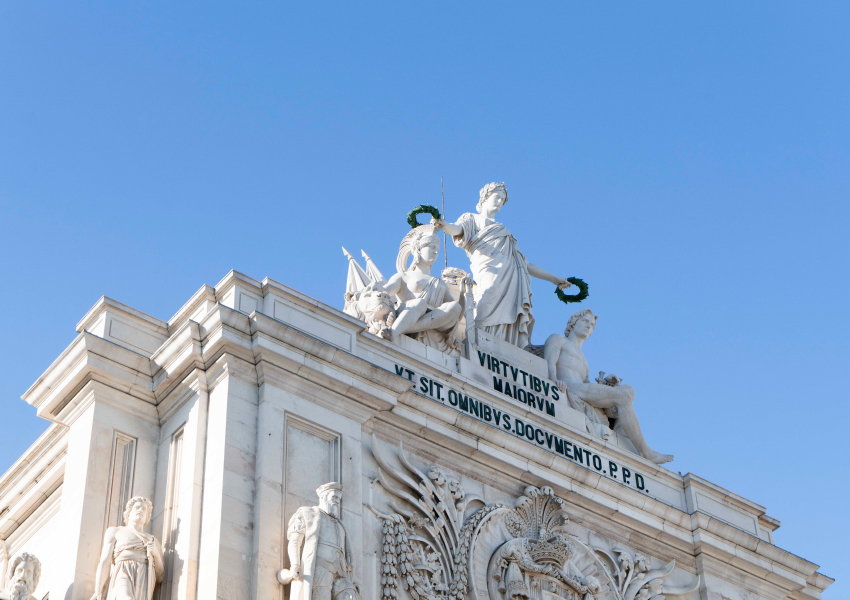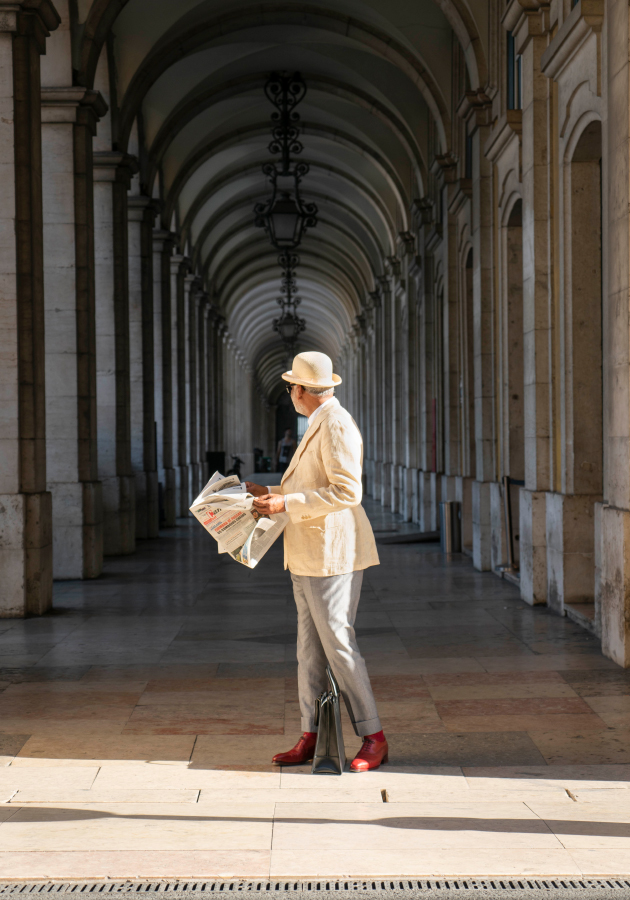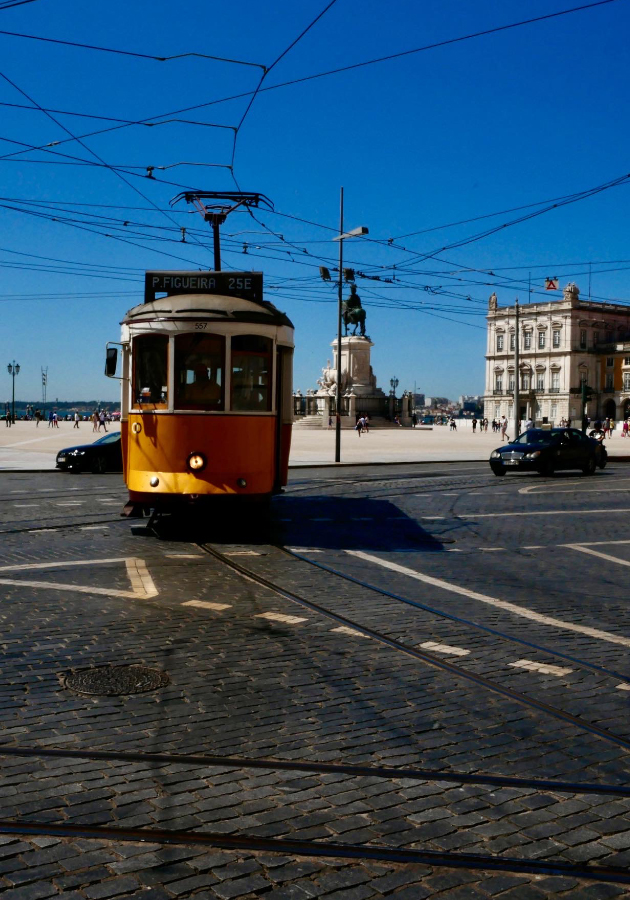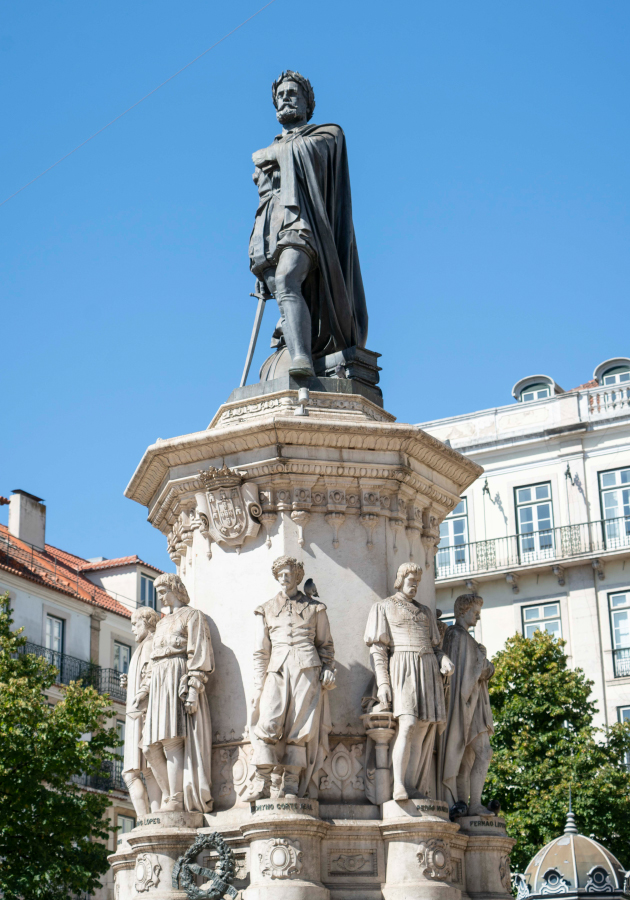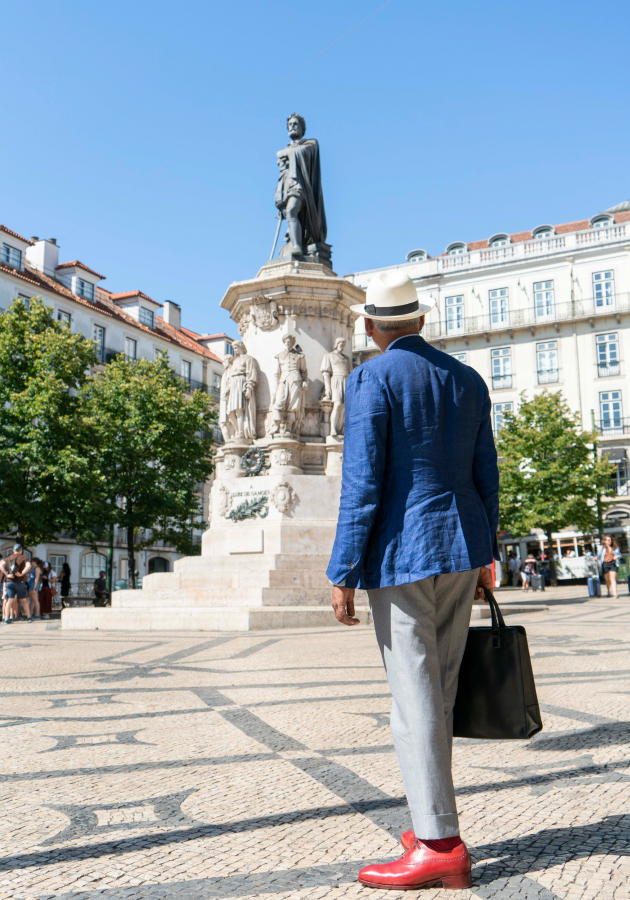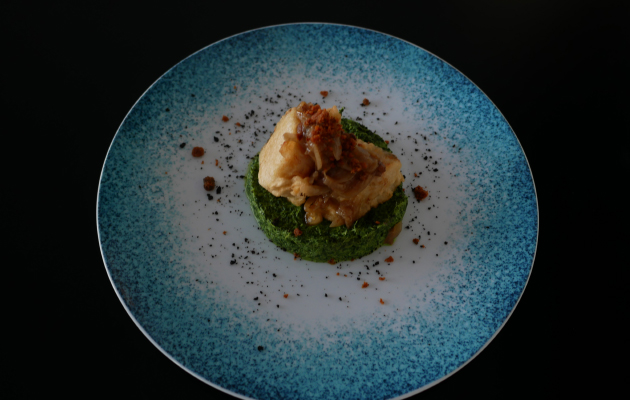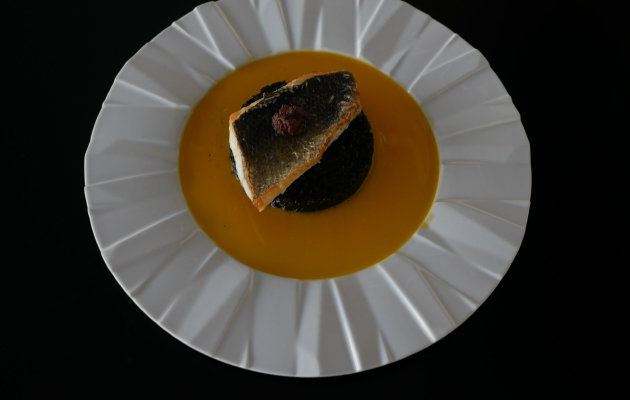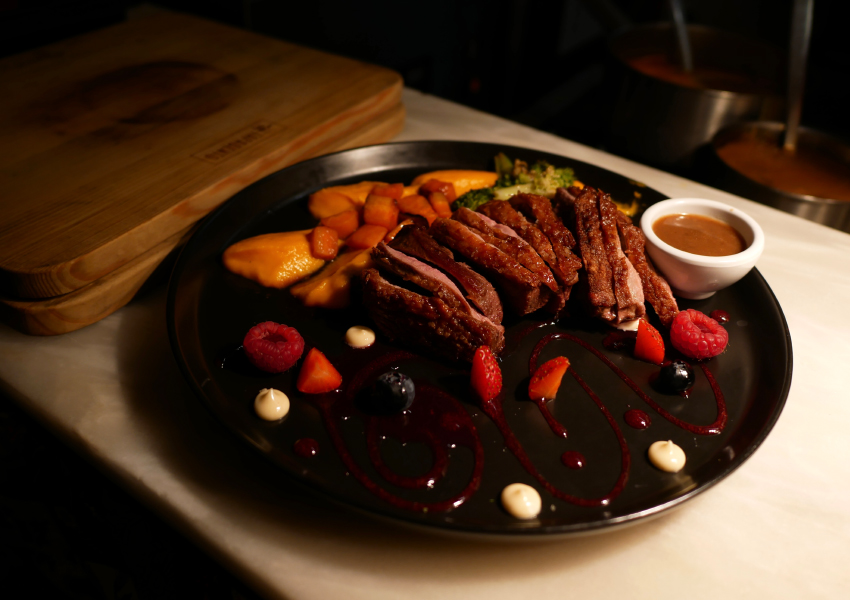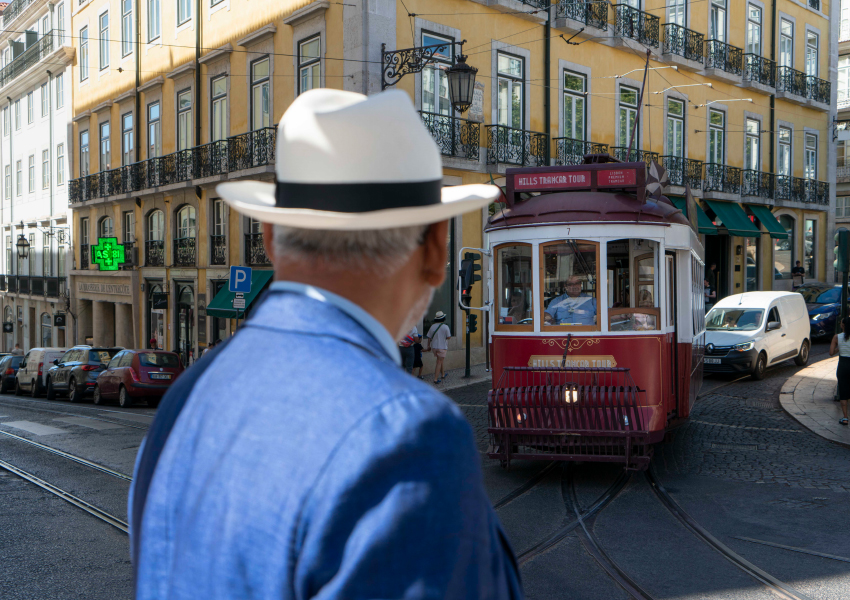“Observe in Ceylon, a mountain so high
It tops the clouds and eludes sight;
It is believed sacred, for there
On a rock is the footprint of a man.”
So wrote Luís Vaz de Camoes about that distant island from whence I came to see that adventurer’s origins at the mouth of the wide Tagus.
“Such are the new regions of the East
You Portuguese are adding to the world,
Opening the gates to that vast ocean
Which you navigate with such courage.
But it is fitting you glance westwards
To observe the exploit of a Portuguese
Who, believing himself snubbed by his king,
Made another voyage beyond imagining.”
The Lusíads, Luis Vaz de Camoes (1572), translated by Landeg White (1997)
So I arrived at this city, Lisbon, once demolished (1755) by quake of Earth and swell of Sea, then burned as if the waves bore brimstone. I did not go to the monument erected to the master of Portugal’s restoration, Marquis of Pombal, who rebuilt the capital and established the Douro vineyards. Instead, I wandered through his geometric grid in Baixa district before ascending to the memorial to the author of those lines, the mariner who once tread the shores of my native land.
